Assessments and Capital Planning
Strategically prioritize your facility needs and make them more manageable with objective data and strategic planning tools. Identify, mitigate and communicate risks in a way that all parties understand. Earn leadership buy-in by knowing exactly where and when to spend each dollar.
Contact Us

Identify risks, generate strategy and communicate needs to make the most intelligent use of capital.
Facility Condition Assessment Offerings
Gordian offers four approaches to Facility Condition Assessments that provide tailored solutions for the specific needs of your organization:
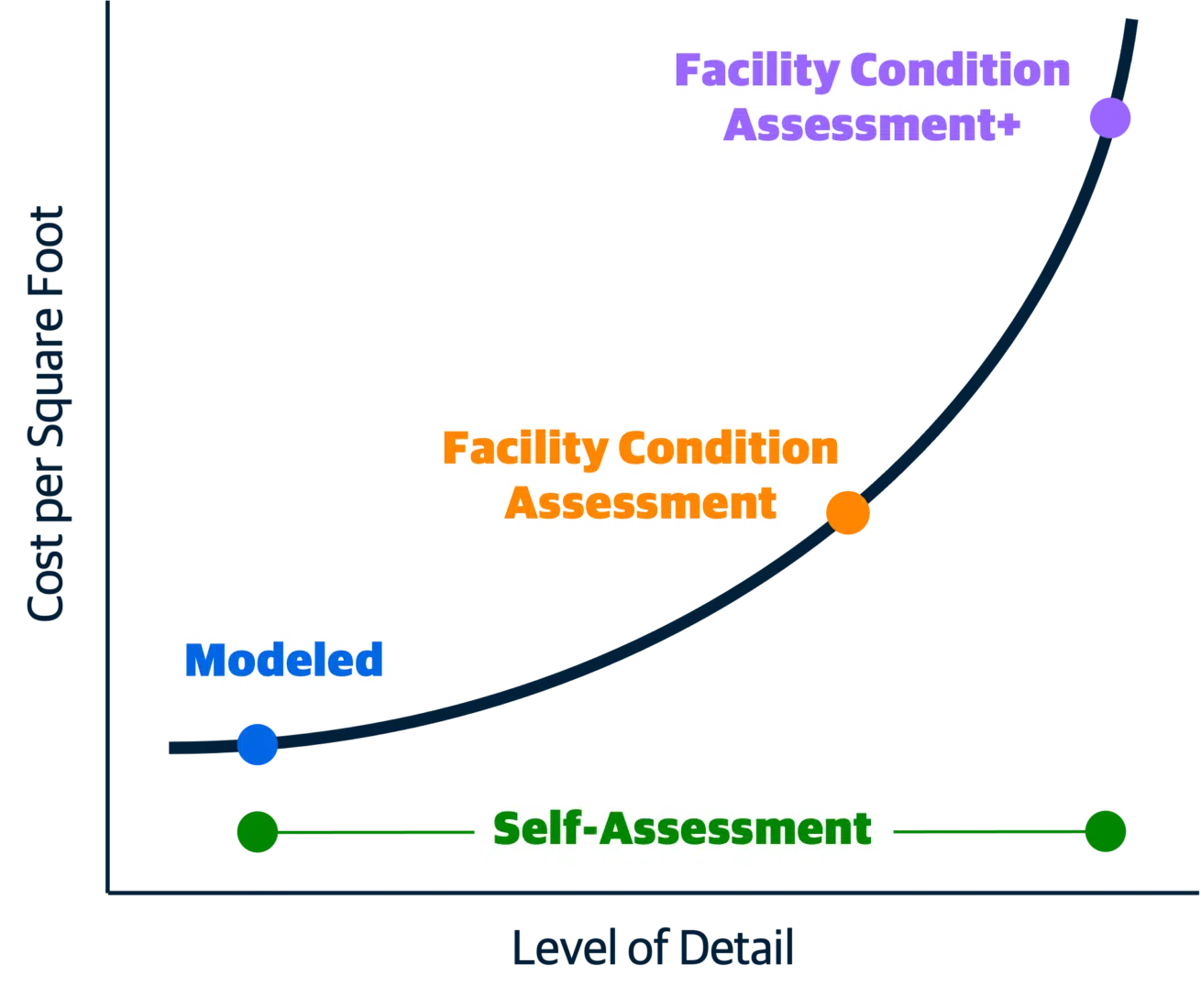

Facility Condition Assessment+ (FCA+)
Do you need project-level detail to drive the execution of your work? Our expanded FCA service includes an intensive effort to identify all specific, required actions observable across your inventory. Documenting additional non-renewal needs — above and beyond the needs identified in our FCA — such as code compliance, life/safety, modernization and resilience considerations, Gordian’s Facility Condition Assessment+ (FCA+) provides you with the detailed information you require.

Facility Condition Assessment (FCA)
Are you looking to enhance your capital planning with precise, asset-level insights from each facility in your portfolio? Our Facility Condition Assessment (FCA) is designed to equip you with a foundational understanding of your facilities’ needs. With our independent perspective and expertise in data generation and validation, our FCAs deliver the essential information and tools to comprehensively assess the condition and requirements of your facilities.

Modeled Assessment
Do you need to make quick, high-level funding decisions across your portfolio? The Modeled Assessment helps our clients justify the need for funding when other project scoping and planning mechanisms are already in place. Utilizing comprehensive square foot costing and detailed lifecycle models, the Modeled Assessment provides accurate cost projections without the added expense of sending a team on-site.

Self-Assessment on Gordian Cloud Platform
Looking to build an assessment program in-house? Self-Assessment on Gordian Cloud Platform provides the foundation for all assessment offerings. Leveraging our proprietary Asset Capture mobile application and Gordian Cloud Platform, the data you generate will be built on RSMeans™ Data and connected to our industry-leading planning and strategy tools. As an additional service, support from our experienced professionals is available to guide you in our standards, best practices and software solutions.
Our Innovative Assessments Include:
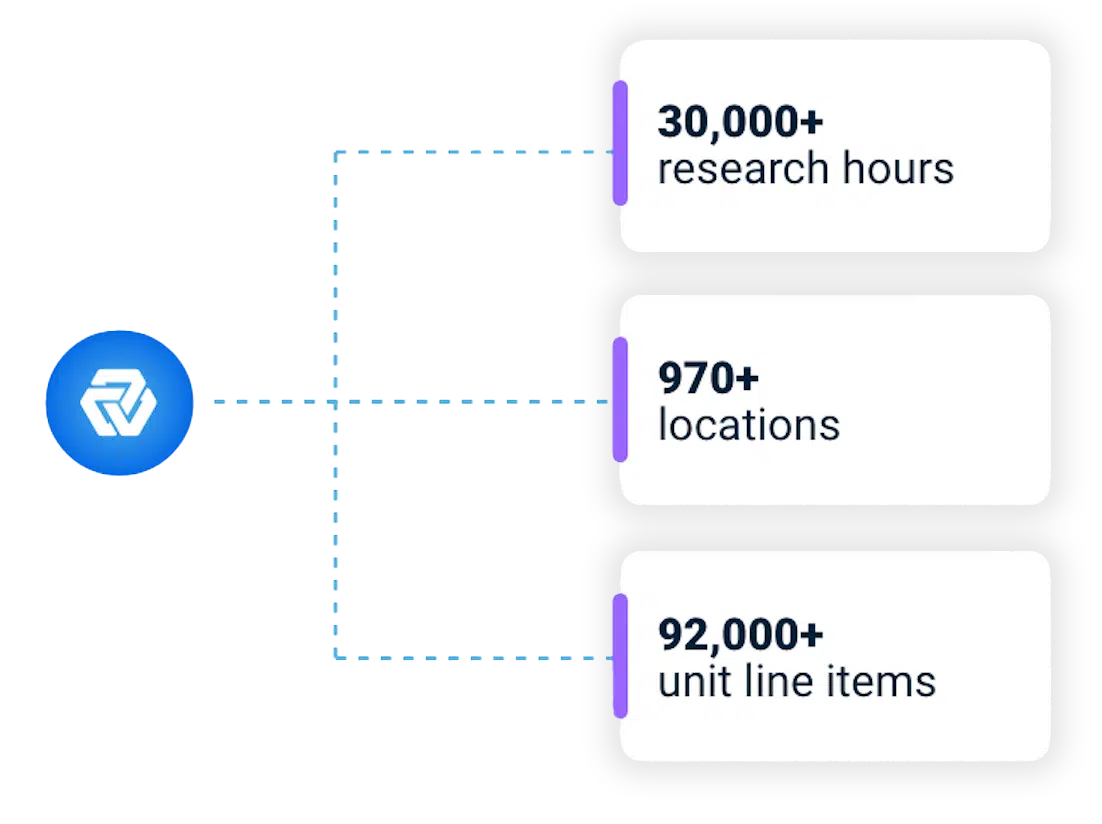
RSMeans™ Data
RSMeans Data is Gordian’s industry-leading construction cost database. RSMeans Data is used to develop cost estimates for facilities, systems, assets and requirements. The cost database contains more than 92,000 line items and cost engineers spend more than 30,000 hours researching and validating the costs every year.
Gordian Cloud Platform
The Gordian Cloud Platform integrates capital planning, estimating and construction procurement capabilities in a single application (powered by RSMeans Data). Gordian Cloud Platform offers a unified user experience by connecting workflows throughout the building lifecycle. These workflows are enhanced with powerful automation and insights, ultimately ensuring optimal decision making in project selection, budgeting and execution.
Gordian Cloud Platform includes the following capabilities for Assessments and Capital Planning. Click the images below to learn more:
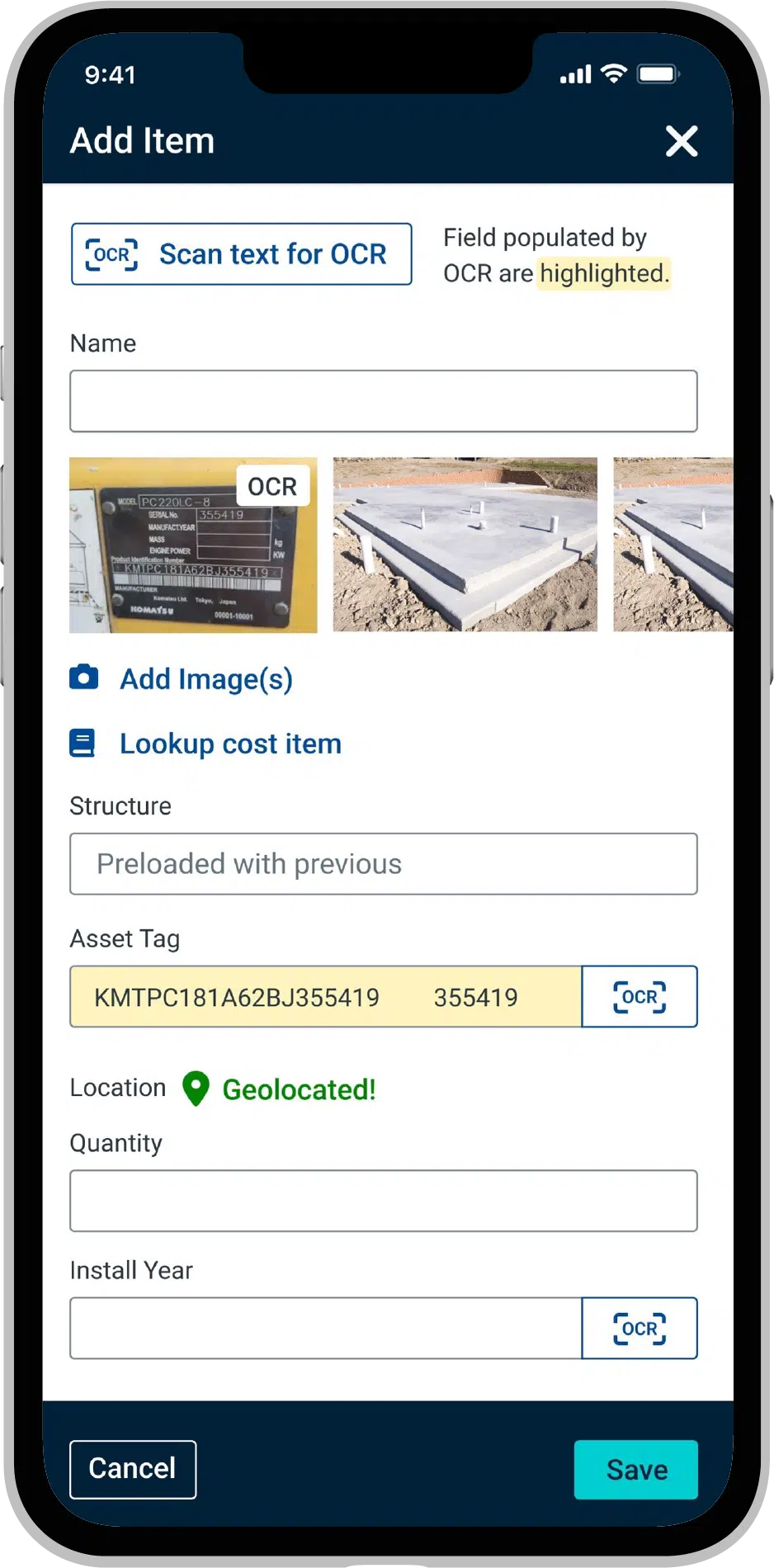
Asset Capture
Gordian’s Asset Capture application provides all the capabilities needed to create a digital record of any facility asset while in the field. A streamlined interface allows users to capture photos, asset information and link RSMeans Data in a single step. Once captured, Gordian’s platform provides a single source of truth for all asset data gathered.
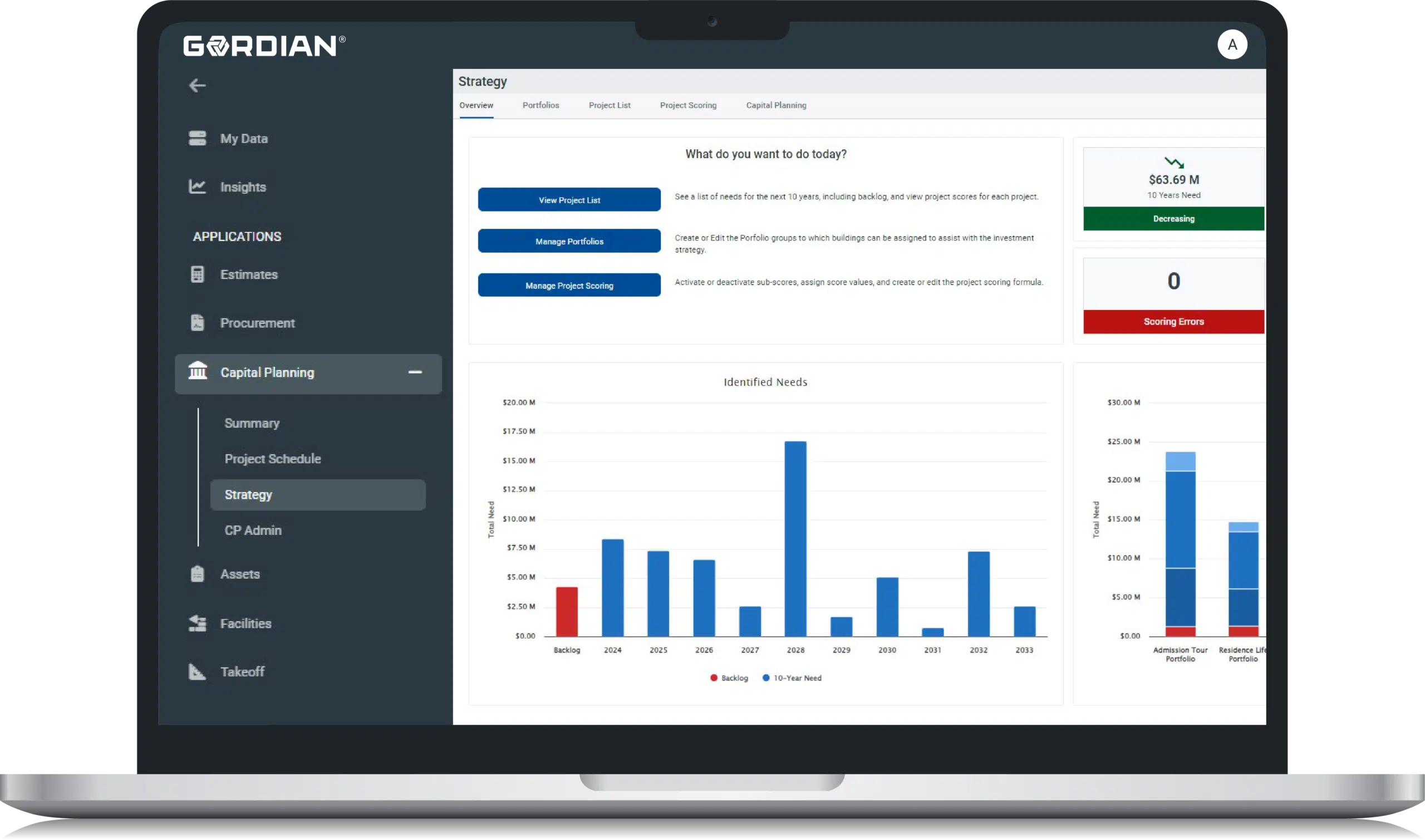
Capital Planning
The first step to creating a unified pre-construction experience is to understand what assets you have and what condition they are in. With comprehensive asset data, industry-leading RSMeans Data and resources are used to analyze and prioritize those assets for replacement.
Strategic Assessment Insights
Gordian has developed a series of tools that complement our Facility Condition Assessments that can assist your organization in defining a multi-year investment plan. Our Strategic Assessment Insights solution brings the concepts of financial investment and portfolio-based wealth management to the facilities world, treating each facility and grounds feature as an investment-worthy asset rather than a financial liability.
Determine Where to Allocate Your Next Dollar
Form unique investment strategies and track performance metrics. Our propriety Building Portfolios process will help engage stakeholders in a conversation about facilities priorities and mission, and strategies for achieving them.

Establish a baseline of facilities needs as a foundation for enterprise decisioning
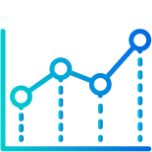
Develop business cases for strategic facilities investments

Prioritize investment options by creating Building Portfolios

Establish functional multi-year capital plans to drive action
Assessments and Capital Planning Technology
From end to end all points in between, Gordian offers comprehensive assessment and capital planning software and services to put the strategy back in capital conversations and decisions.
Hear From Our Team of Planning Experts
Beyond the Standard Assessment Tiers, Gordian Also Offers a Wealth of Custom Services
Uncover additional needs & risks within your organization.

The process was thorough and provided a level of analysis we have only dreamed of. We now have a complete understanding of each of our systems and buildings to help us prioritize what projects to invest in with finite resources.”
David P. | Treasurer


